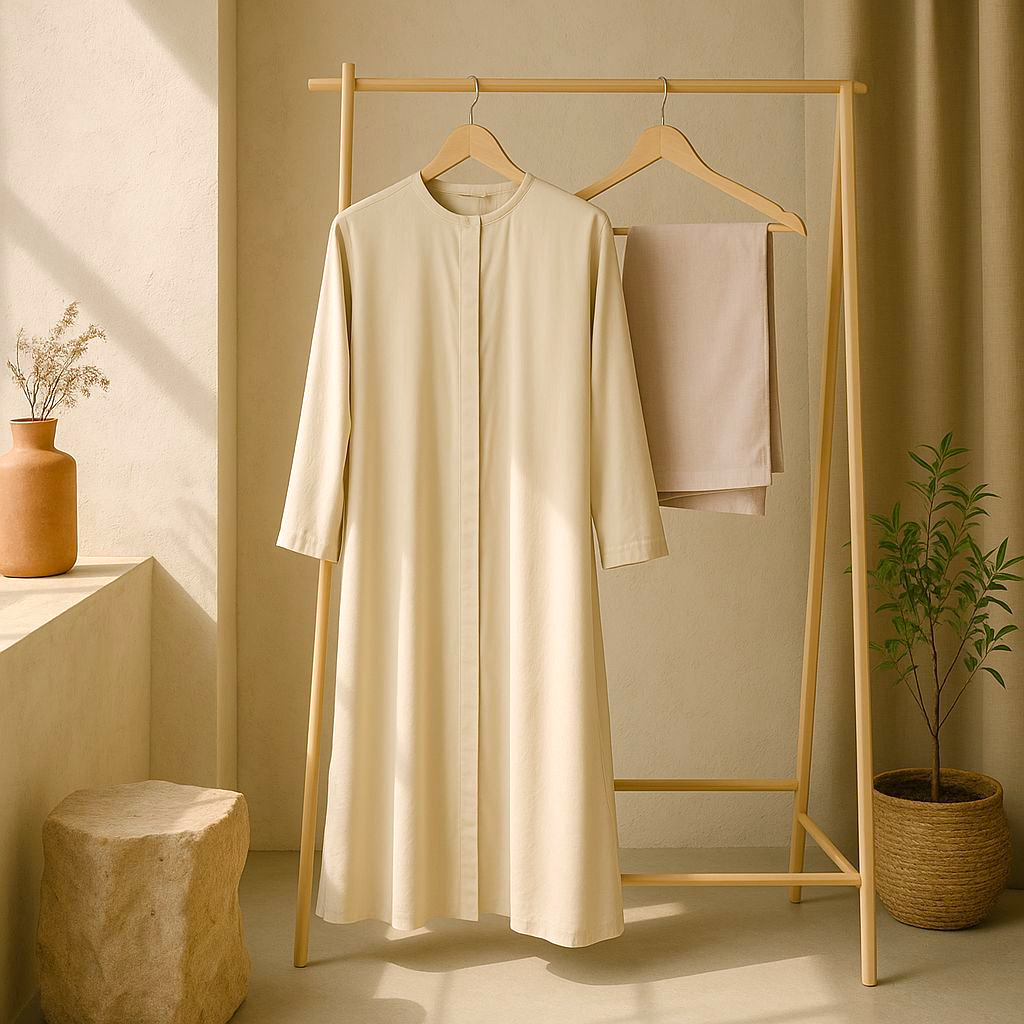Abayas hold deep meaning in Muslim culture as modest garments symbolizing respect, unity and sacred celebration. During Eid al-Fitr festivities after Ramadan, women don flowing abaya dresses to embrace traditions honoring family and faith. Both traditional and contemporary styles contribute to the joy and connection of the holiday.
Promoting Modesty and Respect
Abayas promote two values central to Eid – modesty and respect. Designed to drape over the entire body, abayas allow Muslim women to cover up in loose silhouettes flowing from neckline to wrists to toes. Only the face, hands and feet show. This graceful garb prevents objectification so women can focus purely on inner joy and spiritual reflection.
By wearing Eid abaya dresses to religious gatherings, women also convey deep respect for their cherished traditions. Their modest dress contributes to the solemn mood as families give thanks, pray together and reconnect after a month of fasting and sacrifice. Women’s gentle grace sets the tone for a peaceful celebration focused on bonding, forgiveness and renewal of faith.







